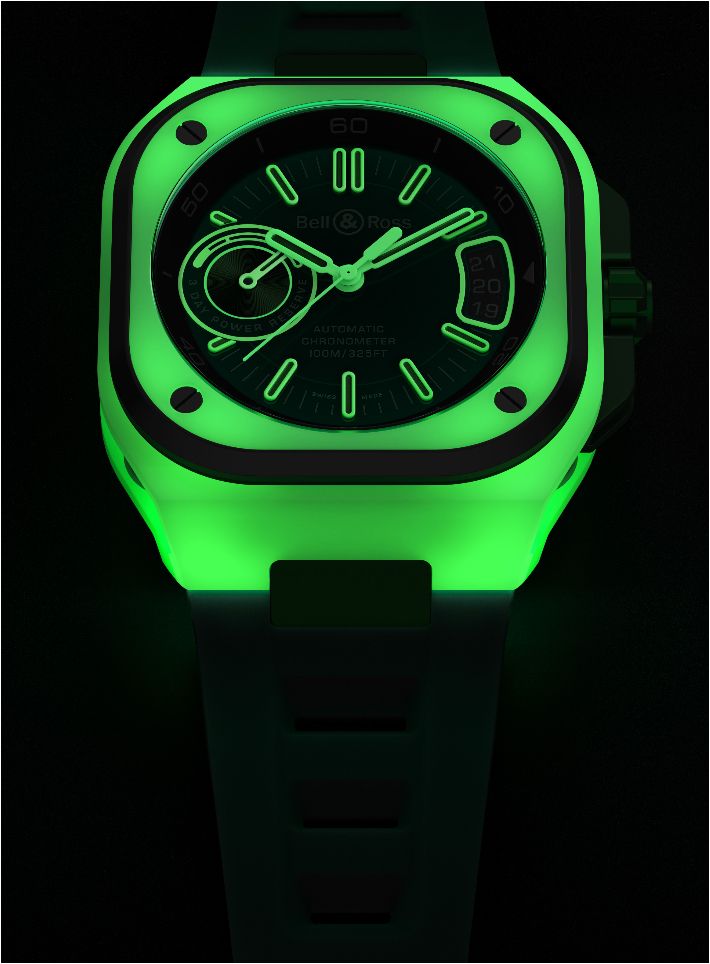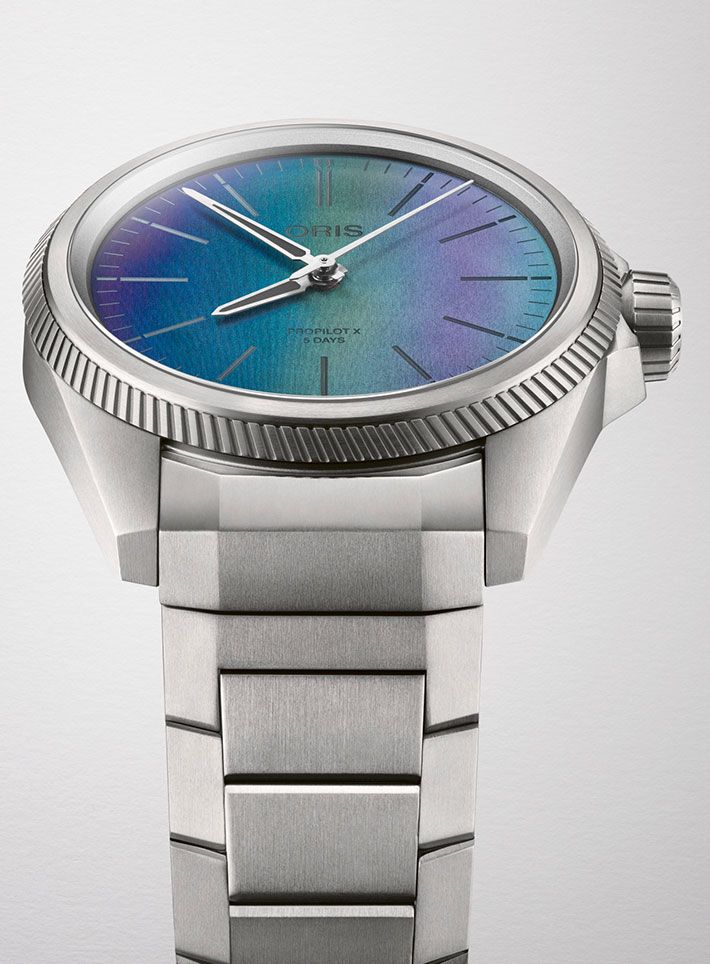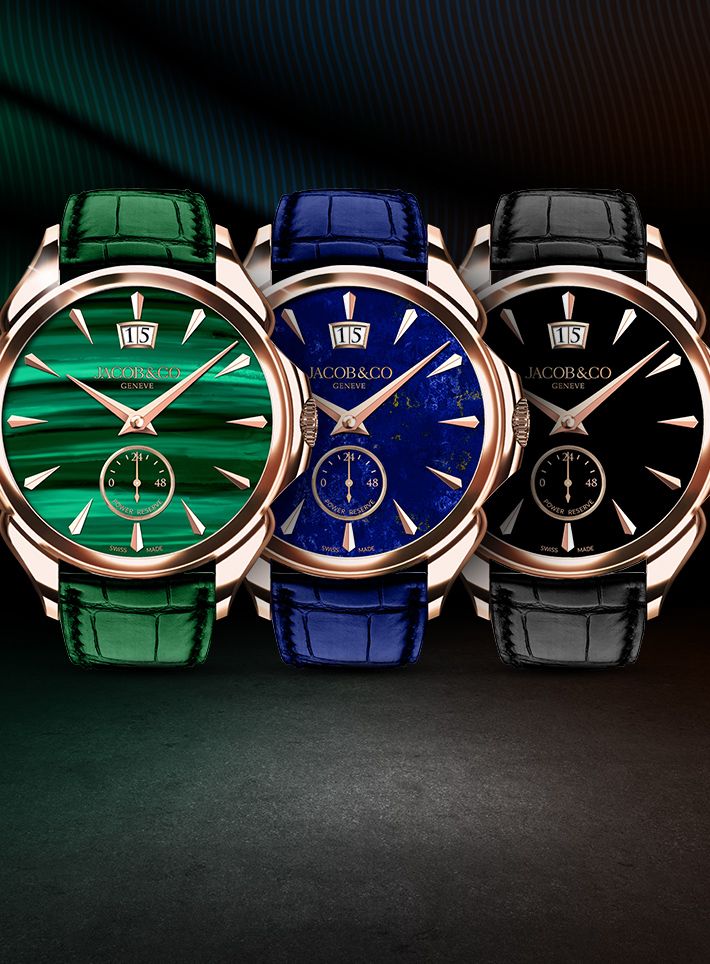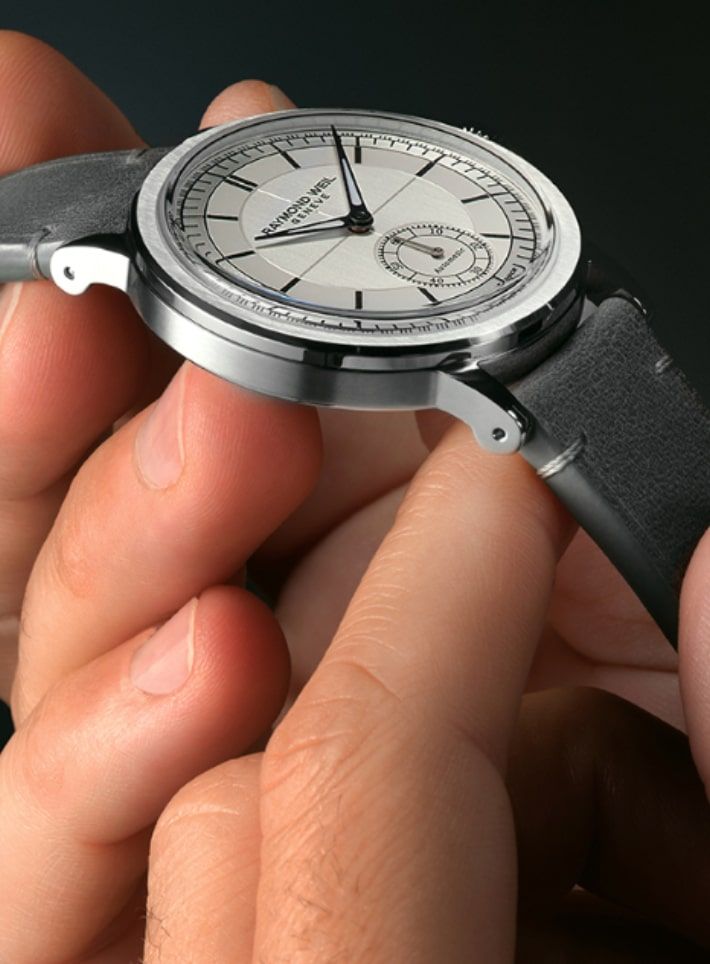Trending Articles from The Watch Guide

Let It Glow, Let It Glow, Let It Glow: The Glowing Case Of The BR X5 Green Lum By Bell & Ross

Lasered Kaleidoscope: Presenting The Oris ProPilot X Calibre 400 Laser

Set In Stone: Introducing The Jacob & Co Palatial Classic Collection’s Stone Dials

Retro, Winning Charm: Raymond Weil's Millesime—A Tribute To Understated Elegance
Co-founders Laurent Ferrier and François Servanin are passionate motorheads who raced the 1979 Le Mans, with Ferrier finishing third behind Paul Newman. This memory is close to their hearts; in 2022, they set out to immortalise this event with the creation of Sport Auto. Two distinct models of the Sport Auto form the current line-up of the Laurent Ferrier Sport collection.
Design
The exterior of the Sport Auto showcases a sophisticated interplay of firm and rounded curves, accented by subtle counter-curves that highlight its perfectly balanced design. Crafted from grade 5 titanium, the 41.5 mm case features a contrasting bezel with softer lines, with each piece in the collection exuding a harmonious blend of sporty and curvaceous elements. Notably, the iconic Laurent Ferrier ball-shaped crown is, for the first time, screwed down and elegantly incorporated into the middle case. The dial is adorned with drop-shaped indexes, slender luminescent hands, a date aperture, and a small seconds counter, all contributing to its refined aesthetic. Interestingly, the iconic 1979 Porsche 935 T N°40, driven by Laurent Ferrier at the historical 1979 Le Mans, inspired the dial of Sports Auto 40 in green dial.
Mechanism
The Sport Auto is powered by the LF 270.01 calibre, Laurent Ferrier's second automatic calendar movement, developed exclusively in-house. Entirely designed, decorated, and assembled within the Laurent Ferrier workshops, this movement features a Swiss lever escapement with an automatic winding system utilising an off-centre micro-rotor. The micro-rotor, equipped with a 950 platinum oscillating weight, is strategically placed between the plate and the bridge to ensure optimal stability and maximised winding efficiency. When fully wound, the calibre offers a power reserve of 72 hours. To improve the resistance to shocks and vibrations and make it more durable, this movement now features a unidirectional ball bearing instead of the traditional ratchet system.



